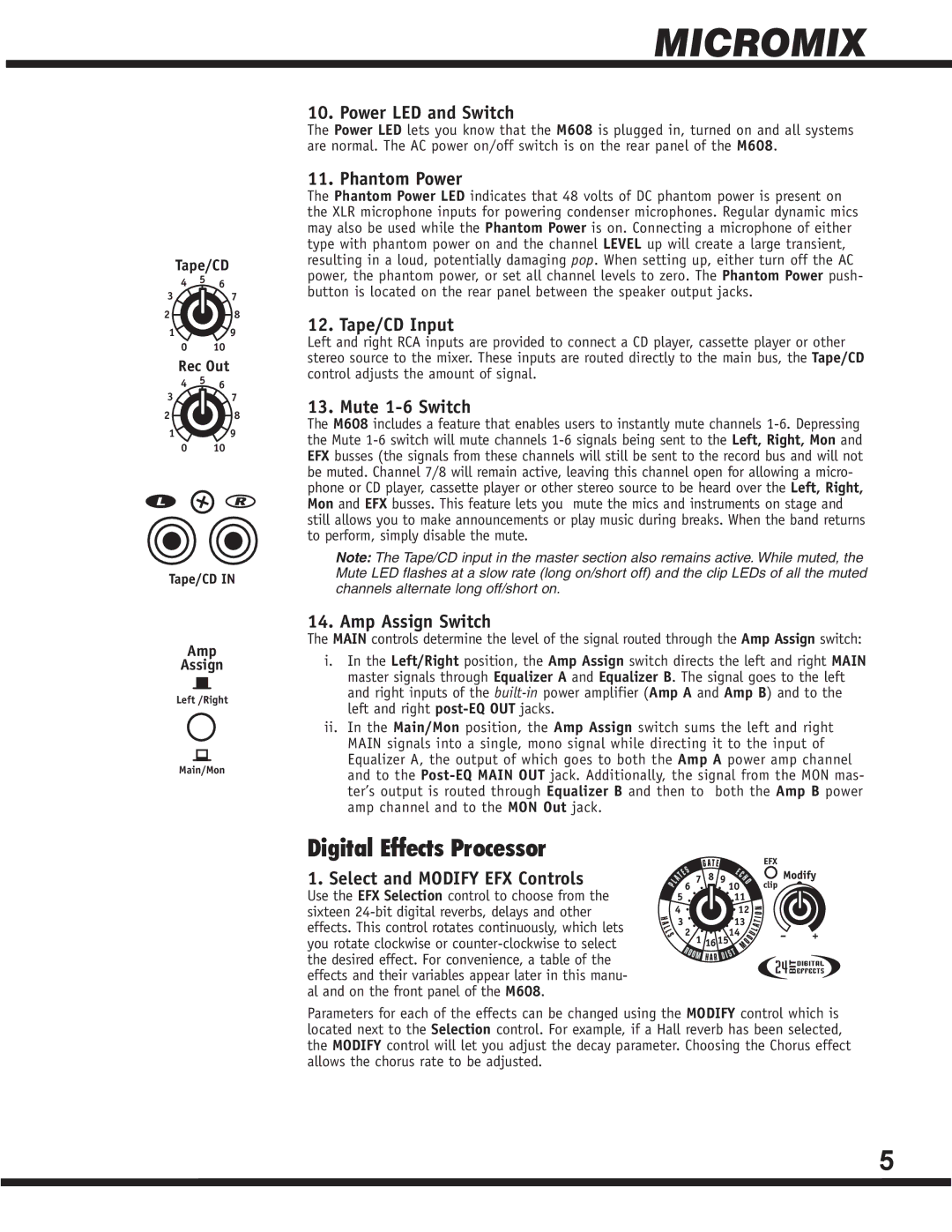YS 1088 specifications
The Yorkville Sound YS 1088 is a powerful and versatile loudspeaker designed for both professional audio and home entertainment applications. Known for its exceptional sound quality and reliable performance, the YS 1088 has become a popular choice for musicians, DJs, and audio engineers alike.At the heart of the YS 1088 is its advanced driver configuration, featuring an 8-inch woofer that delivers rich, deep bass response. This allows users to enjoy a full spectrum of sound, whether it is in a live performance setting or at a gathering with friends. The 1-inch titanium compression driver contributes to the speaker's clarity in the mid and high frequencies, ensuring that vocals and intricate sound details are reproduced faithfully.
One of the standout features of the YS 1088 is its unique enclosure design, which enhances both durability and acoustic performance. Built from high-quality plywood, the cabinet is designed to withstand the rigors of transport and use in diverse environments. Additionally, the curved front baffle minimizes unwanted resonances, resulting in a cleaner, more defined sound.
The YS 1088 incorporates advanced technologies that set it apart from other loudspeakers in its class. It utilizes a high-efficiency passive crossover network, which effectively divides the audio signal into the appropriate frequency ranges for each driver. This not only optimizes performance but also protects the components from damage due to overexertion.
Another noteworthy characteristic of the YS 1088 is its versatility in terms of connectivity. The speaker is equipped with standard 1/4-inch and Speakon connectors, making it easy to integrate into various sound systems. Additionally, with a power handling capacity of 400 watts RMS, the YS 1088 can easily deliver powerful sound in large venues without distortion.
Portability is also a key aspect of the YS 1088, as it features convenient handles for easy transport and setup. Weighing in at a manageable 30 pounds, users will appreciate its ease of handling during gigs or events.
In summary, the Yorkville Sound YS 1088 stands out in the crowded marketplace of loudspeakers thanks to its superior sound quality, rugged design, and advanced technologies. Whether you are a professional looking for reliable performance or an enthusiast in need of a powerful speaker for home use, the YS 1088 proves to be an excellent investment that delivers impressive sound across a range of applications.

